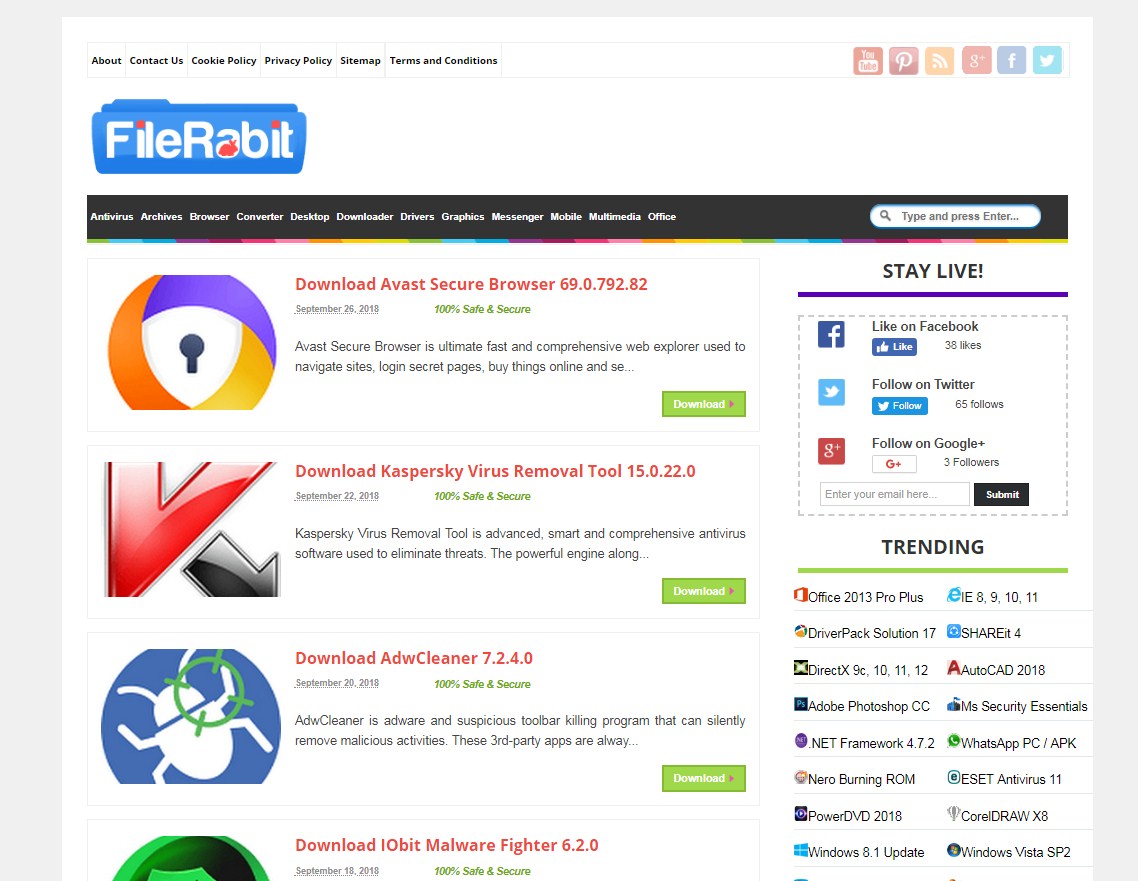

Python consistently ranks as one of the most popular programming languages. Python 2.7.18, released in 2020, was the last release of Python 2. Python 3.0, released in 2008, was a major revision not completely backward-compatible with earlier versions. Guido van Rossum began working on Python in the late 1980s as a successor to the ABC programming language and first released it in 1991 as Python 0.9.0. It is often described as a "batteries included" language due to its comprehensive standard library. It supports multiple programming paradigms, including structured (particularly procedural), object-oriented and functional programming. Python is dynamically typed and garbage-collected. Its design philosophy emphasizes code readability with the use of significant indentation via the off-side rule. Python is a high-level, general-purpose programming language. pyo (prior to 3.5) ĬPython, PyPy, Stackless Python, MicroPython, CircuitPython, IronPython, JythonĪBC, Ada, ALGOL 68, APL, C, C++, CLU, Dylan, Haskell, Icon, Lisp, Modula-3, Perl, Standard ML Īpache Groovy, Boo, Cobra, CoffeeScript, D, F#, GDScript, Genie, Go, JavaScript, Julia, Nim, Ring, Ruby, Swift Windows, macOS, Linux/UNIX, Android and more 5 April 2023 23 days ago ( 5 April 2023)ĭuck, dynamic, strong typing gradual (since 3.5, but ignored in CPython)


 0 kommentar(er)
0 kommentar(er)
